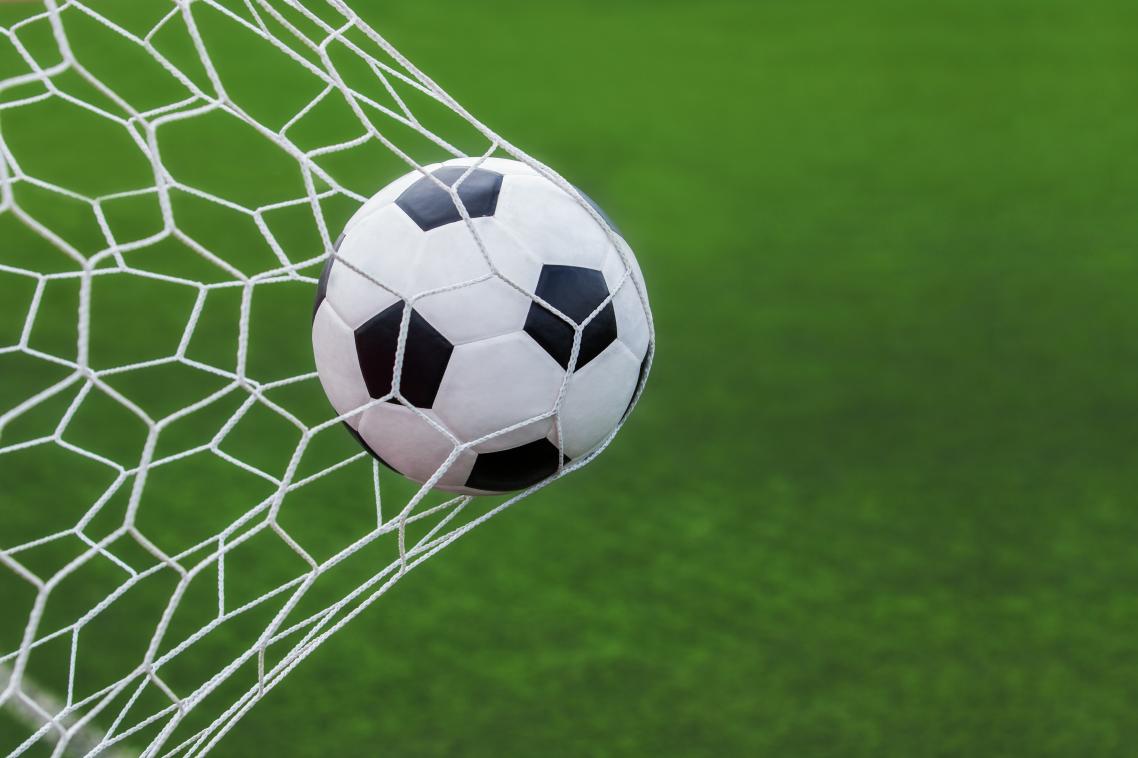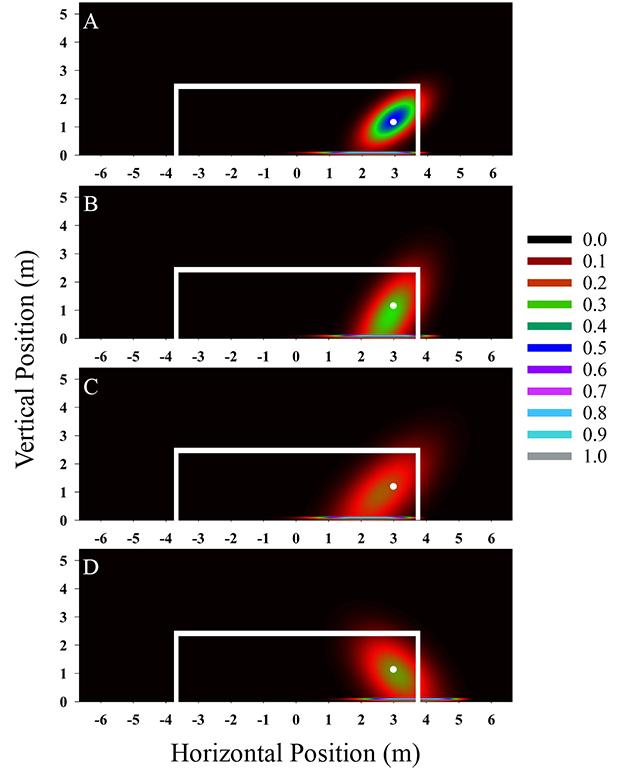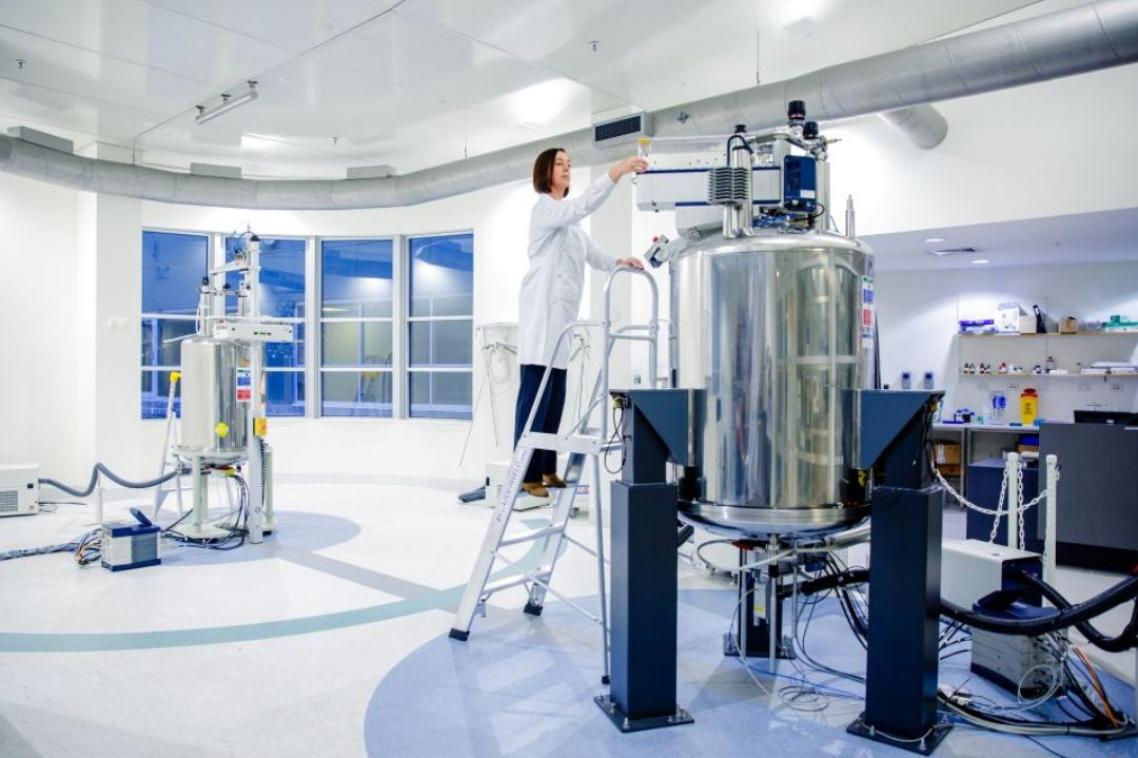Researchers kick goals with soccer findings

(Photo credit: Adobe. )
University of Queensland scientists have developed a model that gives soccer players their best chance of kicking a penalty goal.
After analysing strategies used by penalty shot kickers and goalkeepers, researchers developed a model that coaches can use to identify the best shooting strategy against a particular goalkeeper.
Professor Robbie Wilson, head of the UQ Football Research Group at UQ’s School of Biological Sciences, said the outcome of a penalty shot was determined by a complex interaction between the shooter and the goalkeeper.
“Usually, a player’s performance is constrained by biomechanical trade-offs but each player has a range of strategies to overcome these,” Professor Wilson said.
“For example, if a shooter kicks at a high speed, accuracy is decreased, and if a goalkeeper moves early, the probability they’ll move in the correct direction is reduced.”
He said every player, including international stars like Cristiano Ronaldo and Lionel Messi, had a range of kicking speeds and areas of the goal in which they were naturally better or worse.
“We wanted to find out how even the best footballers could improve their chances of penalty success,” Professor Wilson said.
“Previous models have often focused either on kickers or goalkeepers independently, but ours examines the strengths and weaknesses of both, making it more accurate and much simpler.
“By taking into account every individual’s range of possible shot speeds, target location, footedness and kicking technique, our model provides a detailed assessment of penalty taking possibilities, and equips players with a range of strategies that can be used against different goalkeepers.
“For example, a player might have a different strategy against an average goalkeeper that tends to move 200 milliseconds before the ball is kicked compared to a goalkeeper who tends to move later.”
Professor Wilson said the model would become more important as the 2022 FIFA World Cup progresses through the finals rounds and more penalty shootouts are likely.
“Penalties are the single-most important method of scoring a goal in football – they are the only time in a match where a goal kicker and a keeper are matched one-on-one,” Professor Wilson said.

Heatmap showing the ball's likely location when kicked at different speeds with the right foot (A - slowest; B - mid speed; and C - fastest) and with left foot at fastest speed (D).
(Photo credit: UQ/Andrew Hunter.)
“Since 1986, 39 per cent of knockout matches in the World Cup finals involved a penalty kick or were decided by a penalty shootout.
“Better yet, two World Cup finals have been decided by a penalty shootout, in 1994 and 2006.
“It’s in any coach’s best interests to analyse the strengths and weaknesses of each of their penalty kickers as we have done in our study, to select their optimal strategy.
“It takes only a few training sessions and could make the difference in a big game.”
The research was led by University of Queensland PhD student Andrew Hunter with supervisor Professor Robbie Wilson and in collaboration with Dr Theodore Pavlic and Dr Michael Angilletta from Arizona State University.
This research has been published in the Journal of Biomechanics.
Related articles

UQ experts recognised for national impact

Anyone can be a hacker with AI – so what does that mean for the cyber defence industry?
Media contact
UQ Communications
communications@uq.edu.au
+61 429 056 139
